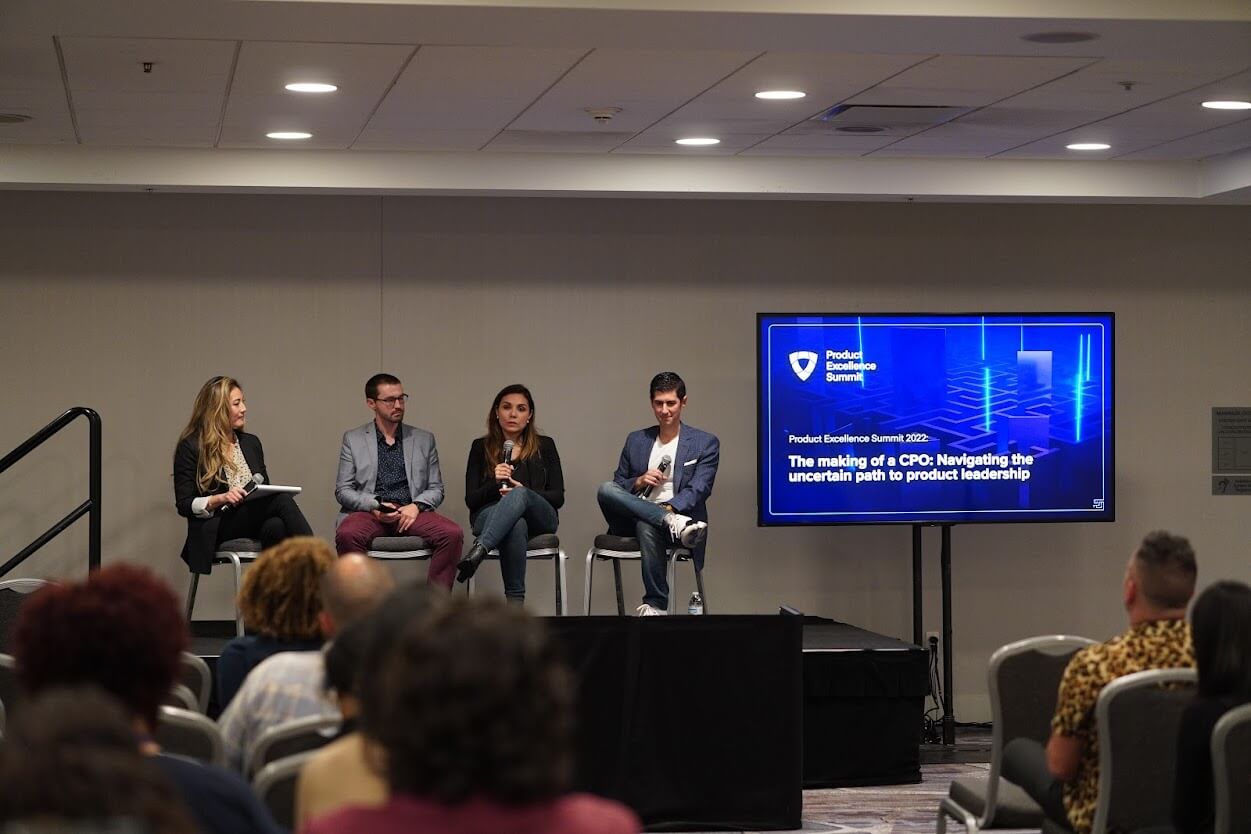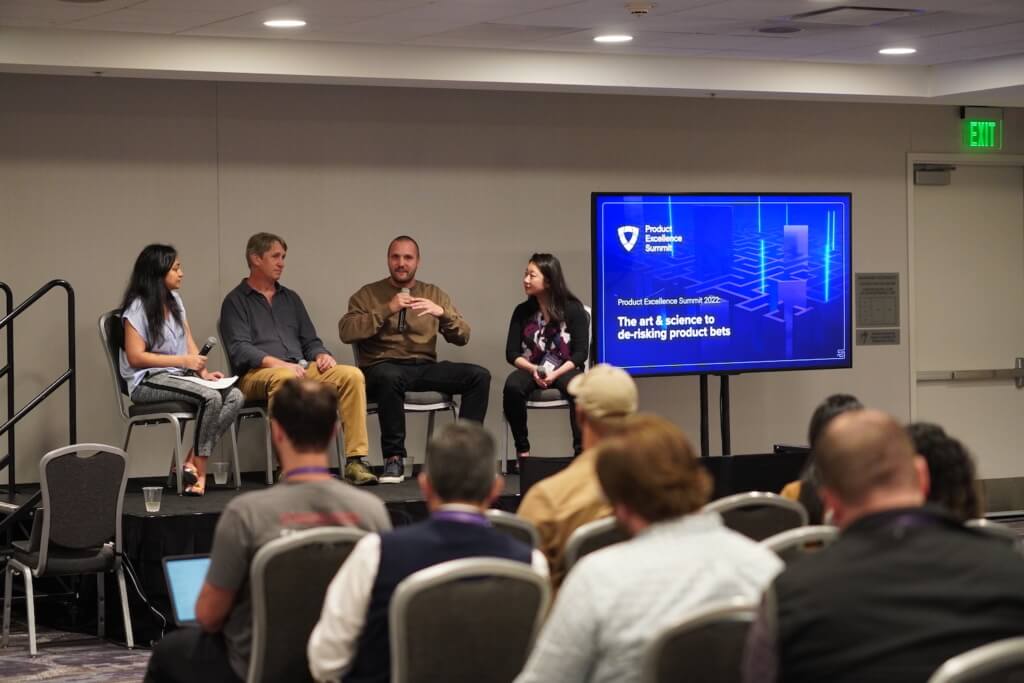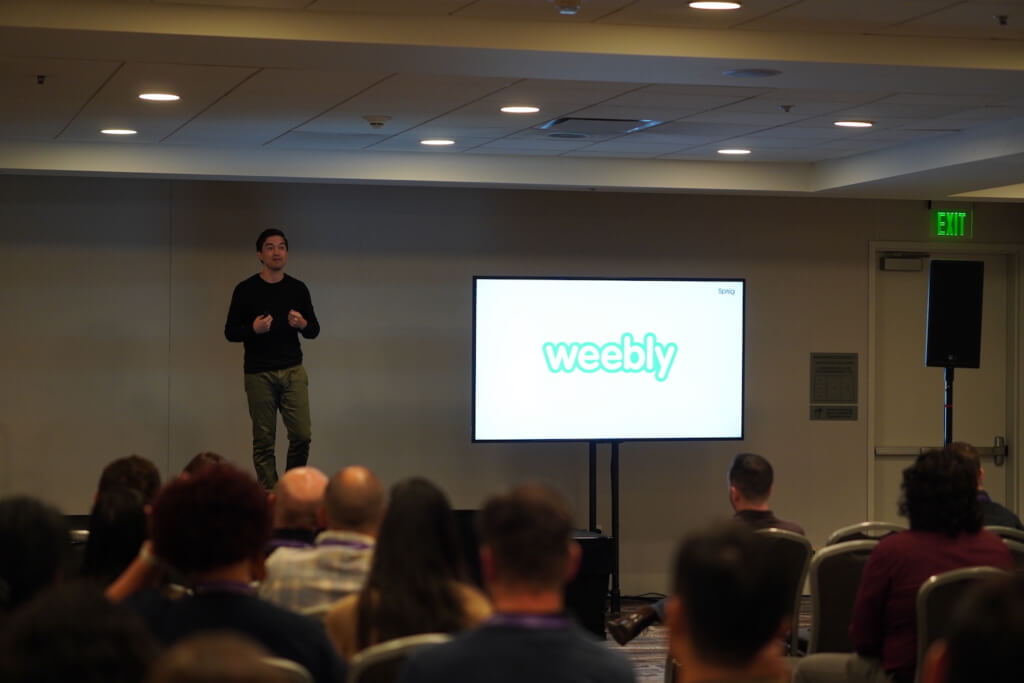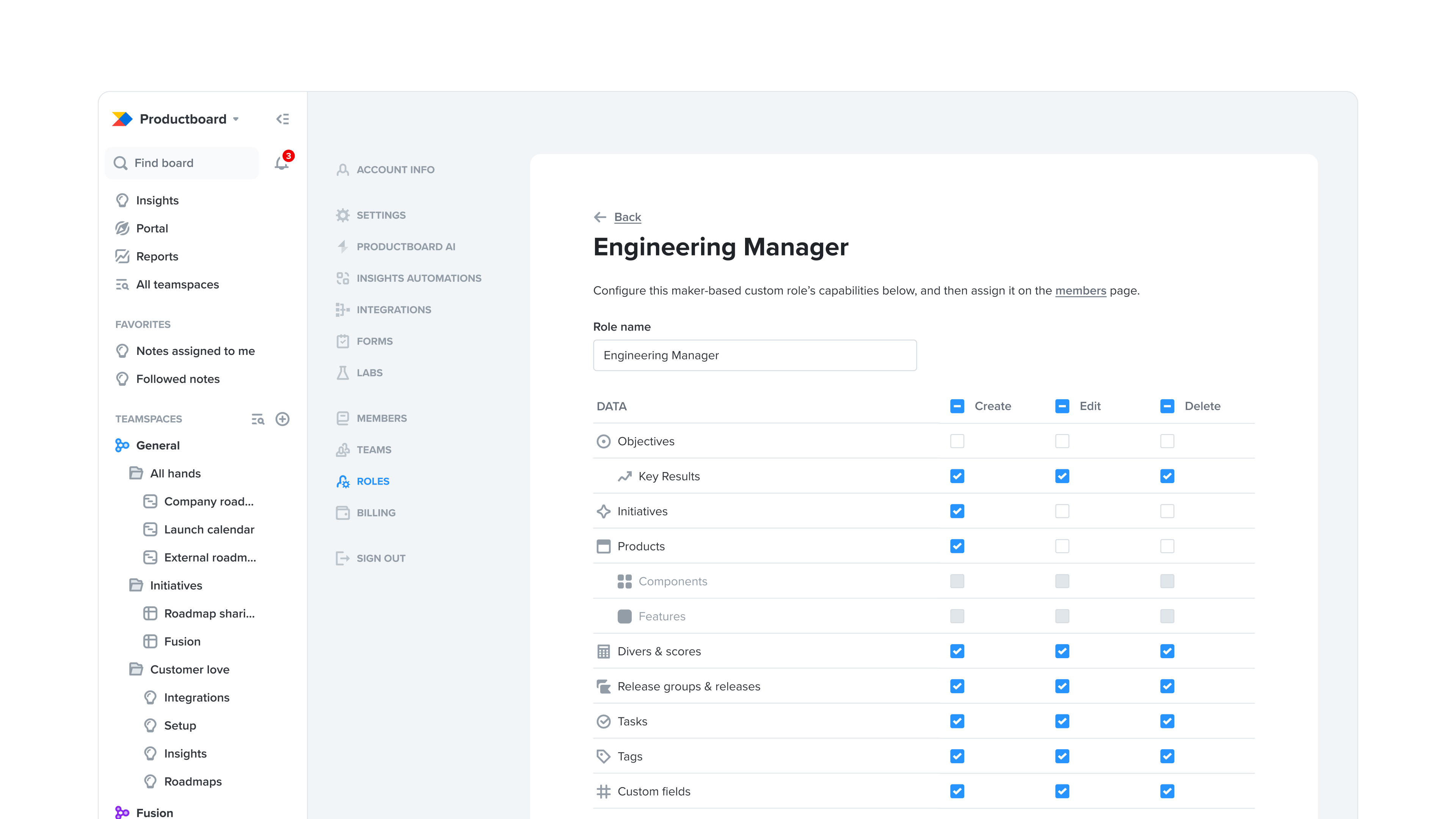How to navigate a career path to Product Excellence

The ongoing pursuit of Product Excellence
Any product professional knows that embracing uncertainty isn’t something you just do once or even for a period of time – it always exists to some extent. The key comes in uncovering as much opportunity as possible, in your own role and across your team and organization.
The Productboard 2022 Product Excellence Summit dug into the current environment of uncertainty and worked to share key insights on how to navigate it, sharing takeaways with both product leaders and all other product professionals in pursuit of Product Excellence. Here’s some of them you can take back to your team and use to help navigate your own career path.
Achieving Product Excellence in your organization
Get to the root cause of the problem before you start trying to solve anything
As anyone who has worked with certain Dangerous Animals of product management knows, sometimes a team leader (or even you!) hears a customer anecdote, gets excited, and wants to jump right in on solving a problem. While that can be tempting, it’s almost always best to step back and evaluate the issue to be sure you and your team are proposing a solution- be it a feature or entire product- that actually solves the root cause of the problem at hand.
Our very own Japna Sethi, Group Product Manager here at Productboard sat down with Ross Mayfield, Group Product Manager at Zoom, Guillaume Roy, Co-Founder & Head of Product at GSoft and Hedan Zeng, Director of Product Management at Common Room to discuss The art and science to de-risking product bets.
Start with asking what you’re actually solving, and why.
“What problems are we solving and why? We never ask what the root cause is. At Zoom, the difference of having this discipline of understanding the root cause, is it yields a better clarity of thought. It’s helpful to require this in a template: problem, root cause, solution.”
-Ross Mayfield, Zoom
You don’t want to limit this just to the product team, either; make sure it’s something that has alignment across the entire organization. Every team should understand why the focus is on a particular feature over something else they might have more anecdotal feedback on. Or as Guillaume Roy of GSoft said, “It’s important to align the whole business on why we’re doing a specific feature.”
And be sure everyone is aligned on the time it will take to pull off, including any existing technical debt that might need to be addressed, training for customer-facing teams, and all the other details that can be easy to overlook accounting for when the excitement of rolling out something new hits. Hedan Zang of Common Room put it this way: “People will say put your money where your mouth is, but your time is more valuable than your money.”

Knowing your users to increase product success
Staying close to your customers is even more important in times of uncertainty
Ryan Glasgow, CEO of Sprig, joined us for Research twice, build once: How to know your users and increase the odds for product success, sharing all of the ins-and-outs of user research – the “easy button” that isn’t actually easy, but is the easiest way to figure out where to take your product, especially when there’s disagreement over it among stakeholders. Or in Ryan’s own words, “How I’ve always experienced user research is that it’s been an ‘easy button’ – and research is not easy – but I’ve always found it as the easiest way to solve a debate or to solve a discussion around, where do we take our product? What mockup should we take to market? What concept is going to be the one that resonates with our users?”
There are different types of user research to consider, from tactical and strategic to moderated and unmoderated, plus qualitative and quantitative (the full session goes into more detail if you’re unfamiliar with them). Different types of research may be more valuable to your company depending on what stage the organization is in, what resources your teams have, and how you’re able to combine your findings to give you the most insight into what it is that your customers actually need, what problems they’re actively trying to solve.
The biggest mistake Ryan sees?
“One of the biggest mistakes that I often see product teams make is they assume that once they’ve achieved product market fit, that they will always have product market fit and sustain product market fit. Maybe you launched a feature two years ago but is it still the right feature for your audience? Is it still solving one of their problems? Is it still helping them achieve the job to be done for that audience?”
-Ryan Glasgow

Finding product opportunities in a changing market
It’s difficult to surpass your competitors when things are going great – but when they aren’t? It’s time to be creative.
That takeaway in the subhead is from our very own Sophie Lalonde, who moderated a session on Uncovering and advocating for customer opportunities in a changing market with Justin Li, Head of Product Marketing at Firstbase, Patricia Tao, CPO at Sonero, Prakriti Parijat, Head of Research at Instacart, and Jana Ulrich, Head of Product for FAS Advisor Technology at Vanguard.
A key component to success when everything feels even less guaranteed than normal is to make sure you’re being realistic about your customers and not blindly leaning into a scenario which you’d very much like to be true but that isn’t the way they are actually behaving. Instacart was hoping customers would stick around in the high numbers they did during the height of the pandemic, but learned that the majority do still want to go into the store. They had to pivot their strategy to meet that reality instead of just hoping it would change.
“We should be meeting our consumers where they are, rather than trying to pull them to where we want them to be.”
-Prakriti Parijat, Instacart
And it’s often the reality that the customer might say they want one thing (and really believe it!), but you have to dig deeper to discover what it is that they’re actually trying to solve, the job that needs to be done. Solving this can come down to talking to customers, or all of that customer research we mentioned in the previous session. As Justin Li of Firstbase put it, “oftentimes you can discover – just by seeing how the user is going through the product – that it could be a completely different product that they’re looking for or a different solution.”
Don’t let customers box you into one thing because of their assumptions about your company, either. That’s something Sonero has had to work against. Patricia Tao said, “Due to the fact that we’re an AI company, we get a lot of customer asks for simply a faster horse. And that is not how you differentiate. It is not how you build product strategy. So we’ve had to break out of that mold and be a little creative ourselves.”
Another key point to keep in mind is making sure everyone is aligned not only on the product, but also on what success for that product looks like. This needs to be true not just within the product team, but across all teams so that everyone is measured by the same standards.
“We aligned on a shared North Star. So what does success look like? The outcomes were extremely aligned and how we might measure that is very consistent. That’s the first downfall – when folks have different expectations of what success looks like.”
-Jana Ulrich, Vanguard
Navigating the uncertain path to product leadership
There is no one true path into product leadership
In one of our last sessions of the day, Jenny Cu, Executive Product Coach & Consultant at Jenny Cu Coaching & Consulting sat down with Josh Gibbs, VP Product at Canto, Vache Moroyan, VP of Product Management at Medallia, and Becky Trevino, VP Product, Snow Software to discuss The making of a CPO: Navigating the uncertain path to product leadership.
Spoiler alert? There is no one-size-fits all career path to CPO; everyone on the panel had very different journeys into their current positions which gave them different perspectives on what’s important to tackle early in your career – from skill building, to networking, mentorship and more.
For one thing, you should definitely know your strengths, but also have a plan to address the gaps in your skillset.
“I always tried to figure out, what was I bad at, and then I would go get a job doing it really badly, until I got good at it.”
-Josh Gibbs, Canto
The key there is also to have someone who will give you the chance to do that job very badly because they see the potential in you, even if you don’t. Follow those people in your career if you get the chance; they’re the most likely to have your back and give you more chances to continue to grow. As Becky Trevino of Snow Software said, “You need to follow people that believe in you, that are willing to invest in you. And if you don’t have that, if somebody doesn’t see the magic in you, go find somebody that does.”
And when it comes to mentorship, don’t just think of the traditional relationship with those directly above you in jobs you’d eventually like to have. Those relationships are important, but you should also cultivate relationships with coworkers across different teams, at all different levels of seniority. Vache Moroyan of Medallia put it this way: “I think having the cross-team mentorship relationship is actually really strong.”
That’s where you can learn the most about how to work with other teams effectively, empathizing with their challenges and workloads, ultimately doing the most to help your team and your organization succeed. That’s what leadership is all about.
Liked this and want to relive the summit or catch what you missed? Check out the full recordings below!




